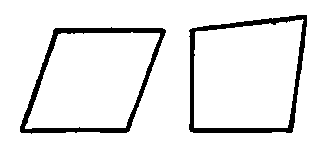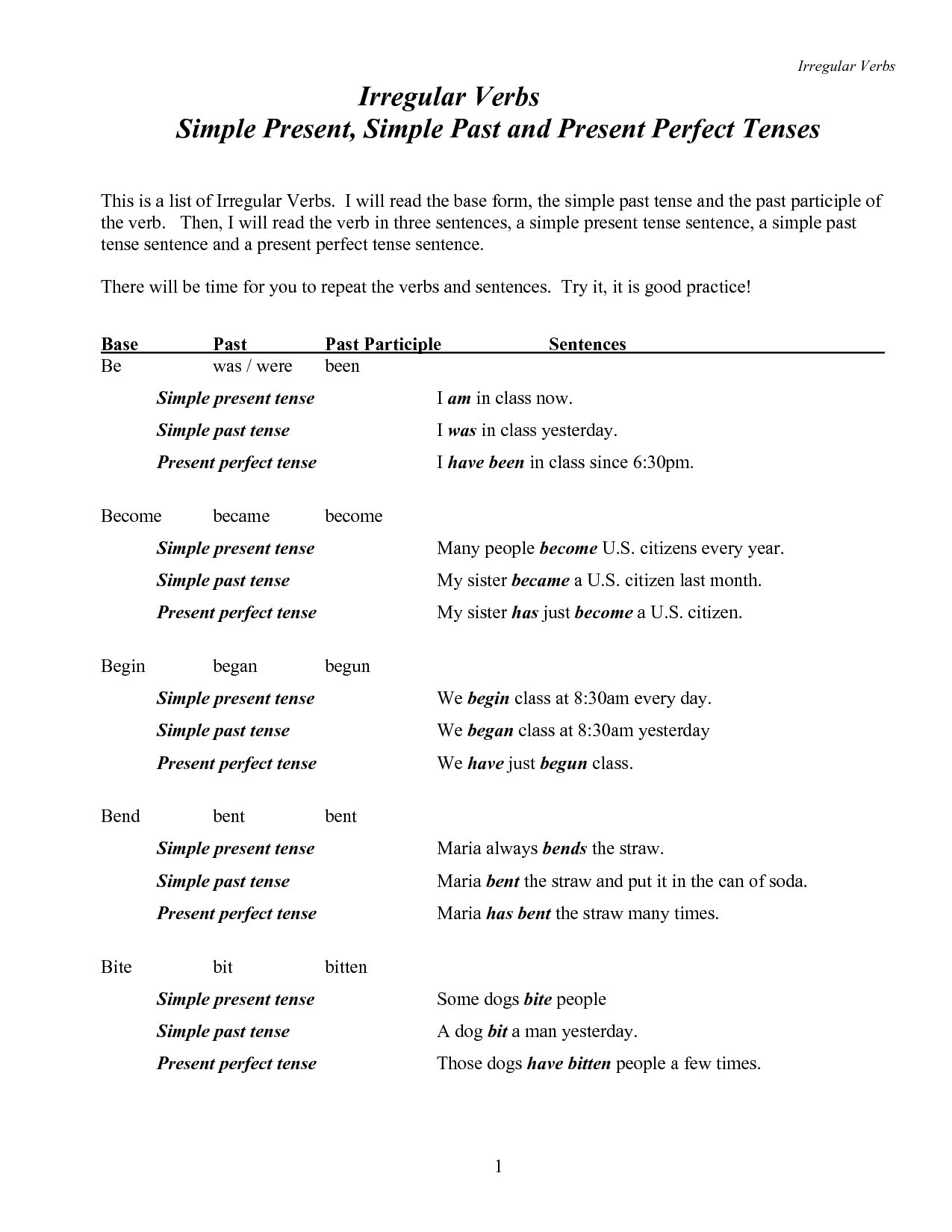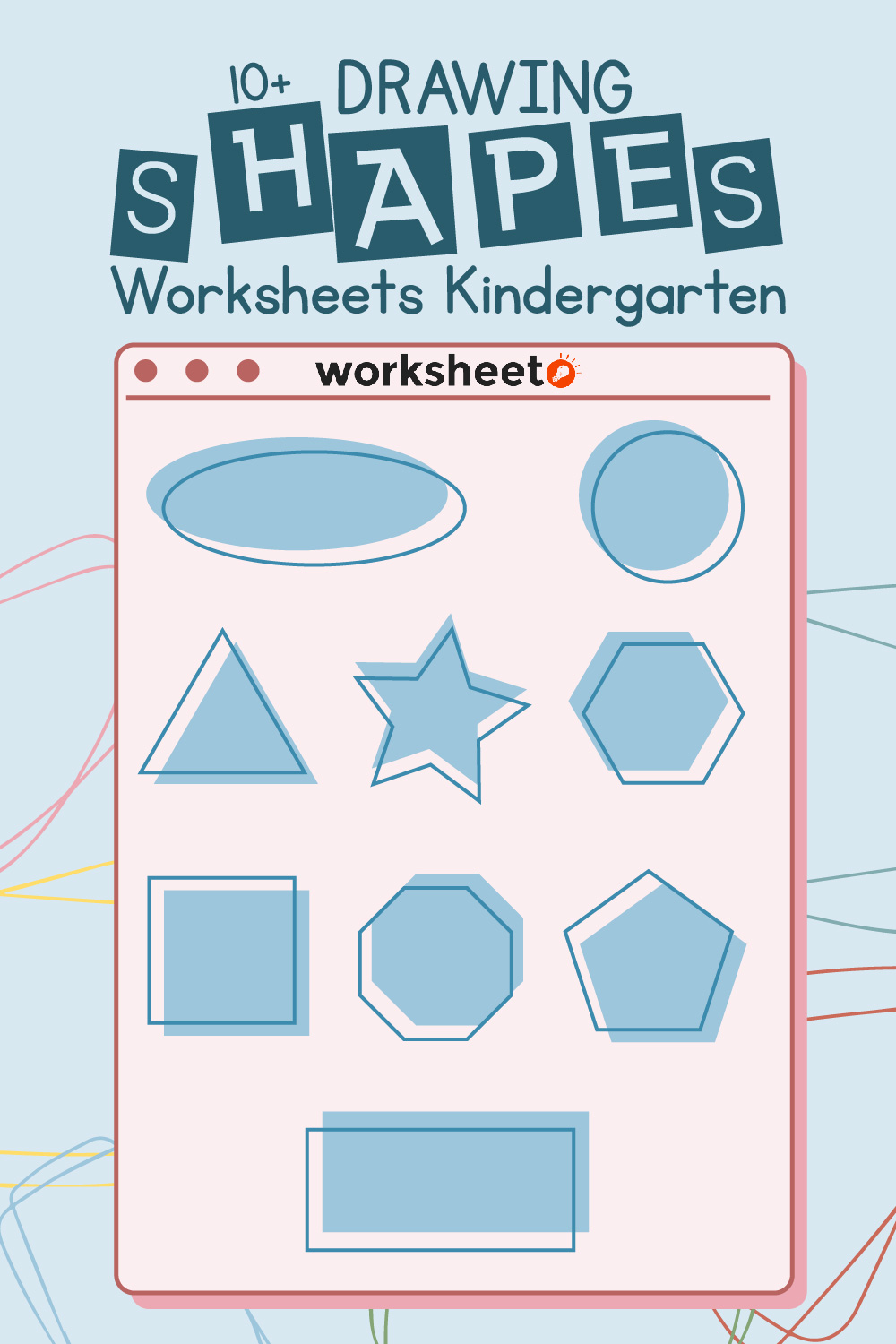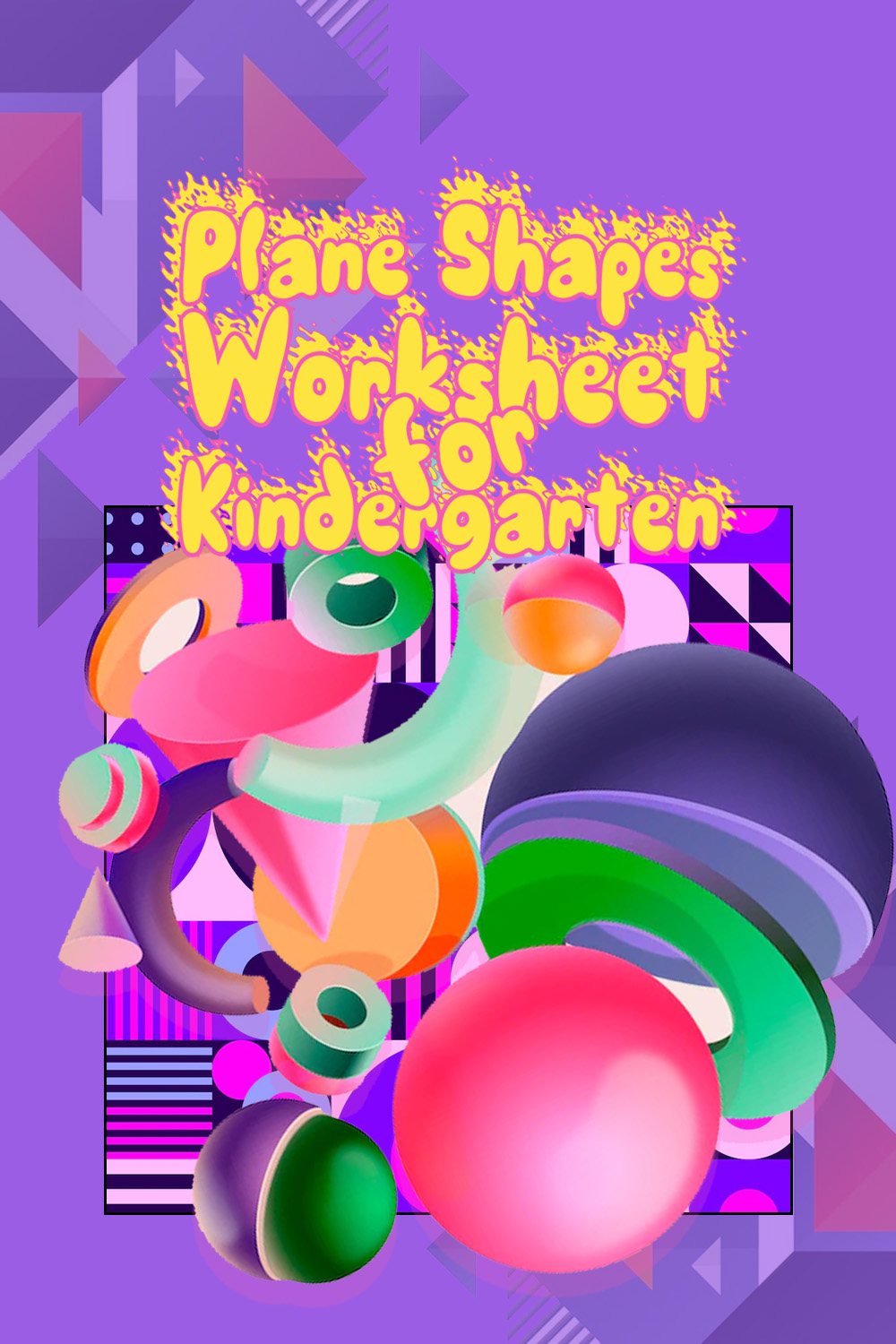Regular and Irregular Shapes Worksheet
Are you searching for a useful tool to help your elementary school students understand regular and irregular shapes? Look no further! Our Regular and Irregular Shapes Worksheet is designed to facilitate learning and practice in this fundamental mathematical concept.
Table of Images 👆
More Shape Worksheets
Color and Shape Review WorksheetsDrawing Shapes Worksheets
Nets of Shapes Worksheet
Sail Boat Printable Shapes Worksheets
Drawing Shapes Worksheets Kindergarten
Plane Shapes Worksheets for Kindergarten
3D Shapes Worksheets Printables Kindergarten
Preschool Cut and Paste Shape Worksheets
Regular Polygon Shapes Worksheet
Preschool Shape Recognition Worksheets
What is a regular shape?
A regular shape is a geometric figure that has all sides equal in length and all angles equal in measure. This uniformity creates a sense of symmetry and balance within the shape, making it consistent and predictable in its properties. Examples of regular shapes include squares, equilateral triangles, and circles.
What is an irregular shape?
An irregular shape is a shape that does not have sides of equal length or angles that are congruent. It can have a combination of different side lengths and angles, making it unpredictable and often more complex to measure or analyze compared to regular shapes like circles, squares, or triangles.
How many sides does a regular hexagon have?
A regular hexagon has six sides.
Does a rectangle have equal sides?
No, a rectangle does not have equal sides. In a rectangle, the opposite sides are equal in length, but the adjacent sides are not.
Give an example of an irregular polygon.
An example of an irregular polygon is a pentagon where all sides and angles are of different lengths and measures.
Are regular shapes symmetrical?
Yes, regular shapes are symmetrical. Regular shapes have sides and angles that are equal in length and measure, which creates symmetry. This means that if the shape is divided along certain lines, the two resulting halves will be mirror images of each other.
Is a circle considered a regular shape?
Yes, a circle is considered a regular shape because it has all points equidistant from its center. In geometry, a regular shape is defined as a shape with sides that are equal in length and angles that are equal in measure, and a circle meets these criteria as it has a constant radius and constant curvature throughout its circumference.
How many equal angles does a regular pentagon have?
A regular pentagon has five equal angles.
Is a parallelogram considered an irregular shape?
No, a parallelogram is not considered an irregular shape. It is a type of quadrilateral with opposite sides that are parallel and equal in length. Irregular shapes typically do not have well-defined characteristics like parallel sides or equal angles.
Are regular shapes commonly found in nature?
Regular shapes are less common in nature compared to irregular shapes. Natural objects often exhibit irregularity due to various factors like growth patterns, environmental conditions, and genetic diversity. However, regular shapes like circles, hexagons, and spirals can still be seen in natural phenomena such as the formation of honeycombs in beehives, the petals of flowers, and the spirals found in seashells and galaxies.
Have something to share?
Who is Worksheeto?
At Worksheeto, we are committed to delivering an extensive and varied portfolio of superior quality worksheets, designed to address the educational demands of students, educators, and parents.























Comments